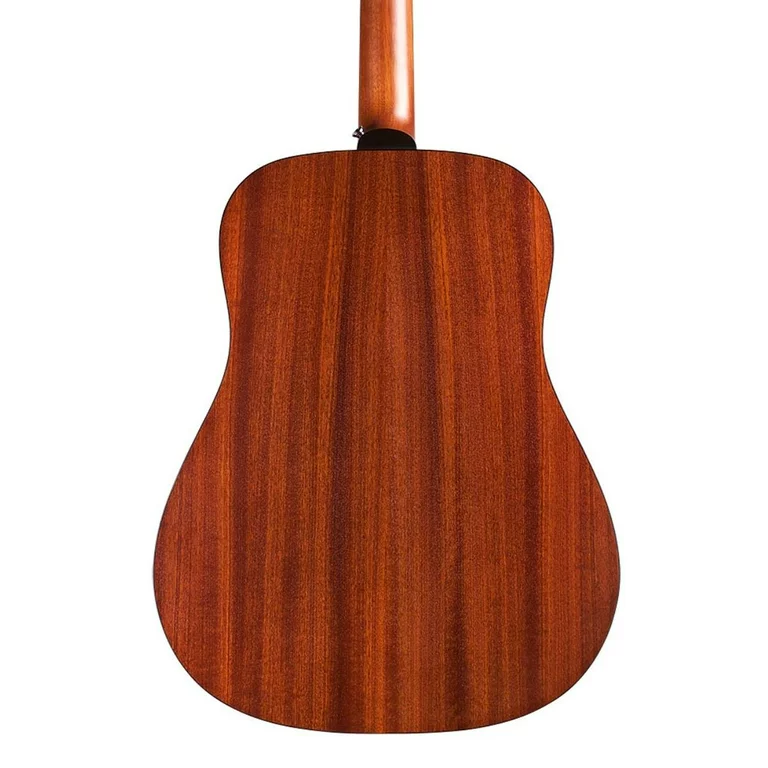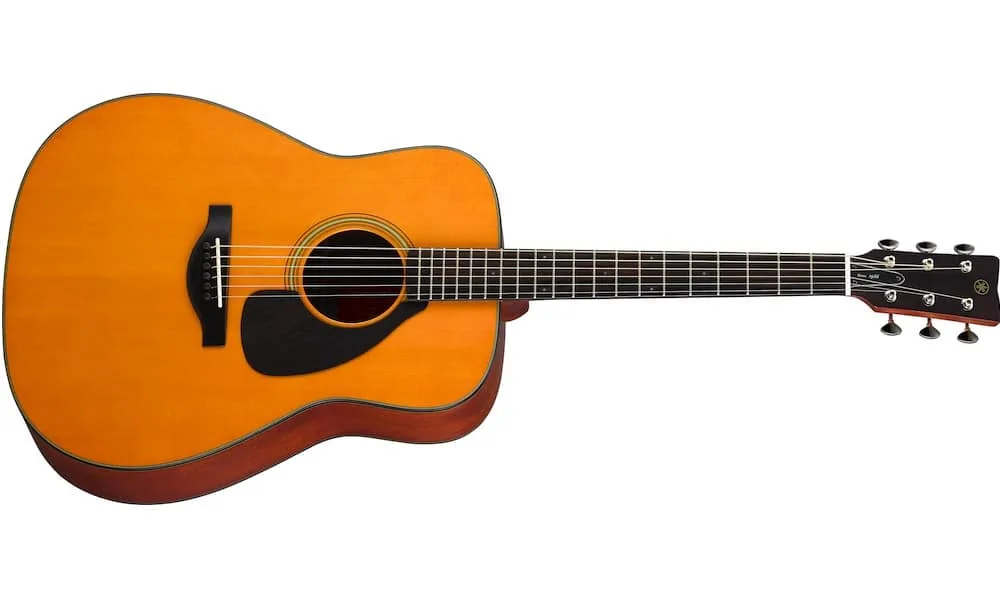Have you ever wondered where those classic, vintage-style Yamaha Red Label guitars are actually made? As a guitar enthusiast and musician myself, I’ve always been curious about the origins of these iconic instruments. And after some digging and research, I have uncovered some fascinating information that will not only satisfy your curiosity but also give you a new appreciation for these guitars.
In this article, we’ll take a closer look at the manufacturing process and locations of Yamaha Red Label guitars. From their humble beginnings in Japan to their current production facilities around the world, we’ll explore the history and craftsmanship behind these beloved instruments. So if you’re ready to delve into the world of Yamaha Red Label guitars and discover their true roots, then let’s get started!
So, Where are Yamaha Red Label guitars made??
Yamaha Red Label guitars are made in Japan, where the legacy of craftsmanship and attention to detail runs deep. These iconic instruments have been crafted in Japan since the 1960s, with each one carefully constructed by skilled artisans using traditional methods and modern technology. The result is a guitar that not only sounds beautiful but also reflects the rich history and culture of its birthplace. From selecting the finest materials to hand-finishing every single instrument, Yamaha Red Label guitars embody the highest standards of quality and precision. So whether you’re a seasoned musician or just starting your musical journey, playing a Yamaha Red Label guitar means holding a piece of Japanese artistry in your hands.
The History and Evolution of Yamaha Red Label Guitars
When we think of quality guitars, Yamaha often springs to mind. The Red Label series, a standout in their catalog, has an intriguing history that spans decades. Originating in the 1960s, these guitars were first crafted with meticulous attention to detail and design at Yamaha’s Nippon Gakki factory in Japan. Red Label referred to the scarlet emblem inside the sound hole—a symbol of superior craftsmanship and sonic excellence. These instruments quickly garnered respect among musicians for their rich tones and remarkable build quality.
By examining how these guitars evolved over time, one can appreciate the continuous innovation that defines Yamaha’s legacy. Initially built from solid wood with traditional bracing techniques, they offered fantastic resonance and sustain. As technology advanced, so did Yamaha’s approach; they started integrating modern materials without sacrificing acoustics or playability. This blend of tradition and innovation allowed them to capture both vintage enthusiasts and contemporary players alike.
- 1960s: Introduction of Red Label series.
- 1970s-80s: Adoption of new building techniques.
- 2000s onwards: Modern materials meet classic designs.
The Red Label line stands as a testament to what happens when expertise meets passion—each strum feels like touching a piece of musical history while looking forward into its future evolution.
Understanding the Manufacturing Process of Yamaha Red Label Guitars
The Yamaha Red Label guitars have a deeply rooted heritage that dates back to the 1960s, and their manufacturing process is a beautiful blend of tradition and innovation. The journey begins with the meticulous selection of wood. Yamaha employs master craftsmen who handpick the finest pieces of spruce, mahogany, and rosewood. These woods are chosen not just for their visual appeal but also for their tonal qualities — spruce tops offer crisp highs while mahogany backs enrich the midrange tones. Each slab is examined closely for imperfections before being sent to cutting.
- Sanding
- Polishing
- Lacquering stages follow suit.
Each step involves both machine precision and human touch to produce instruments that sound as good as they look.
Finally, every completed guitar undergoes rigorous testing by seasoned players employed at Yamaha facilities worldwide. They ensure each instrument meets stringent quality standards before packaging it ready for musicians around the globe.
This delicate balance between modern technology and old-world craftsmanship results in guitars capable of delivering deep emotional connections through music.
Read also: used player piano
Unearthing the Original Production Site: Japan’s Contribution to Yamaha Red Label Guitars
When we think of the iconic Yamaha Red Label guitars, Japan’s craftsmanship naturally springs to mind. These legendary instruments were first produced in the 1960s, a period marked by meticulous attention to detail and quality. The original production site was nestled in Hamamatsu, a city renowned for its rich musical heritage. In these factories, skilled artisans worked diligently to create guitars with unparalleled sound and beauty. They used only the finest materials—solid spruce tops and mahogany backs—that contributed to the warm tones that define these beloved instruments.
In addition to their superior craftsmanship, what sets Japan’s contribution apart is their unwavering commitment to innovation while honoring tradition. From hand-scalloped bracing designed for optimal resonance, down to the silk-screened logos on each headstock, every element captured both function and artistry. Over time, Yamaha expanded its operations globally but always stayed true to those roots. Visiting this original production site today feels like stepping back into an era where passion met precision—a place where each string was carefully strummed before leaving for music shops around the world.
These moments from Hamamatsu now live on as treasured history:
- The quiet diligence of craftsmen perfecting every fret.
- The soundproof rooms filled with melodies being born.
With such a legacy at stake, it’s no wonder why Yamaha Red Label guitars continue capturing hearts even decades later.

Exploring Current Global Production Locations for Yamaha Red Label Guitars
Yamaha Red Label guitars have an illustrious reputation built over decades. Historically, these instruments were crafted in Japan, maintaining high standards and intricate craftsmanship. Today, the production landscape has expanded globally to meet growing demand while retaining their famous quality. One significant location is still Japan, particularly in Hamamatsu where Yamaha’s roots began. The artisans here infuse each guitar with tradition and precision that are hallmarks of Japanese manufacturing.
In addition to Japan, modern Yamaha Red Label guitars are also produced in Indonesia and China. These locations benefit from state-of-the-art facilities equipped with advanced technology ensuring consistency and perfection across models. In Indonesia’s factories, skilled workers meticulously assemble each piece by hand before advanced machines take over for fine-tuning details like fret leveling and finish application. This harmonious blend of human touch with machine exactness ensures every instrument meets Yamaha’s stringent specifications.
The Chinese plants play a critical role as well; they focus on mass production without compromising on the artistry involved in crafting these musical gems. Here too, there is a seamless integration between traditional techniques and modern innovations.
By diversifying production locations but maintaining rigorous quality checks, Yamaha continues to create revered instruments cherished by musicians worldwide.
- This global approach allows them to cater quickly to diverse markets.
- It also preserves their legacy while embracing new possibilities.
You may also like: steinway model o
Conclusion: Appreciating the Craftsmanship and Origins of Yamaha Red Label Guitars.
Discovering the Yamaha Red Label guitars is like finding a hidden gem in a sea of musical instruments. These guitars, known for their distinctive red label inside the soundhole, have become cherished by musicians and collectors alike. Designed and crafted with meticulous care, they bring out rich tones that resonate deeply with any player. The history behind these beauties dates back to 1966 when Yamaha first introduced them as part of their FG series. Each guitar was built to offer quality sound at an affordable price, making it accessible to both beginners and seasoned musicians.
The craftsmanship involved in creating these guitars is nothing short of extraordinary. Every piece of wood used in building them is carefully selected to ensure the best possible acoustics. The necks are smooth yet sturdy, providing comfort even during long playing sessions. As you strum or pick each note, you can truly feel the dedication that went into its creation.
- The top wood usually features solid spruce.
- The back and sides often comprise mahogany.
- Aesthetic touches include attractive finishes and durable hardware.
Understanding this origin story adds layers to our appreciation—knowing they originated from Japan’s Kakegawa plant further enriches their legacy.
By recognizing both their heritage and expert construction techniques,
we deepen our admiration for these exceptional Yamaha Red Label guitars.
Such awareness allows us not just to play but also honor the instrument’s remarkable journey through time.

